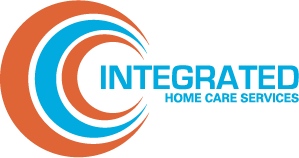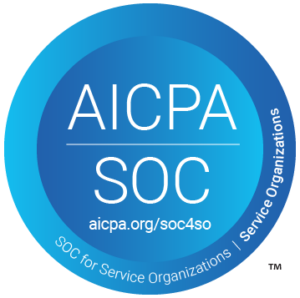By Christopher Bradbury, CEO, IHCS

As CEO of Integrated Home Care Services, my top priority is ensuring we provide our patients and plan partners with the best possible outcomes. I’m proud of the work we are doing to enable more patients to receive quality care in their homes and achieve their goals. To deliver on this, we are disrupting the historically, highly fragmented approach to home care in our country, as an innovative home care benefits manager as well as a provider of home care services through our home health, home infusion, and DME capabilities. I am especially proud of the positive results we’re seeing—which include enhanced patient satisfaction, higher care quality, and more affordable healthcare.
These results become even more meaningful when I consider the millions of individuals we have the privilege to serve through our many health plan partners. The patient stories—from the grandfather who relied on our team to provide him with time-sensitive and life-sustaining home infusion services, to the grandmother for whom our team went above and beyond to obtain special approval from her health plan so that she could receive care from her preferred home care nurse—say more than any numbers ever could.
Recently, I accompanied some of our providers on their home care visits, and just as those patient stories do, the experience drove home for me, once again, the full meaning and value of our work and our approach. Here are four things that resonated with me most during those home care visits:
The Long Journey Ahead
Shortly after accompanying our team on home visits, I received the results of an independent survey of 47 health plan executives by healthcare consultancy Sage Growth Partners. As I reviewed the findings, I was struck by the significant gaps in home care that many Americans still experience. In fact, according to the survey findings, most home care patients are not receiving care that incorporates the four above elements.
More than two-thirds of home care is still in a traditional, non-integrated, non-value-based model, according to the survey. Even more alarming, only 38% of survey respondents said their plan supports members’ home care use very well.
That finding is especially concerning given the current rate at which demand and need for home care services is growing. Ninety-one percent of the surveyed health plan leaders said demand for home care services has risen over the past five years, and most expect that trend to continue. This expectation is consistent with projections from the Centers for Medicare & Medicaid Services.
Looking to 2023, our team’s experiences with patients will continue fueling our commitment to raise the bar for care in the home. All patients deserve a truly integrated home care experience that delivers the best care possible, makes healthcare easier, and provides them and their family peace of mind.












